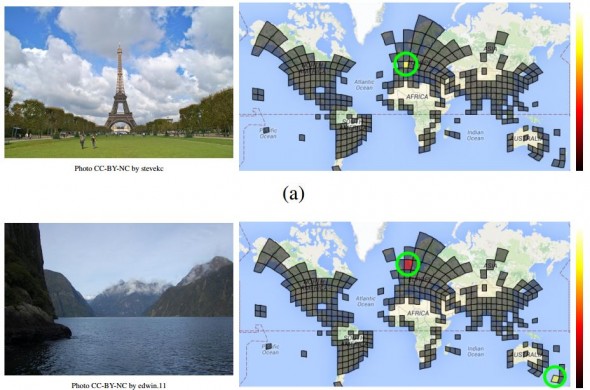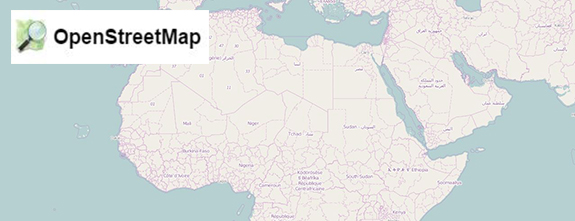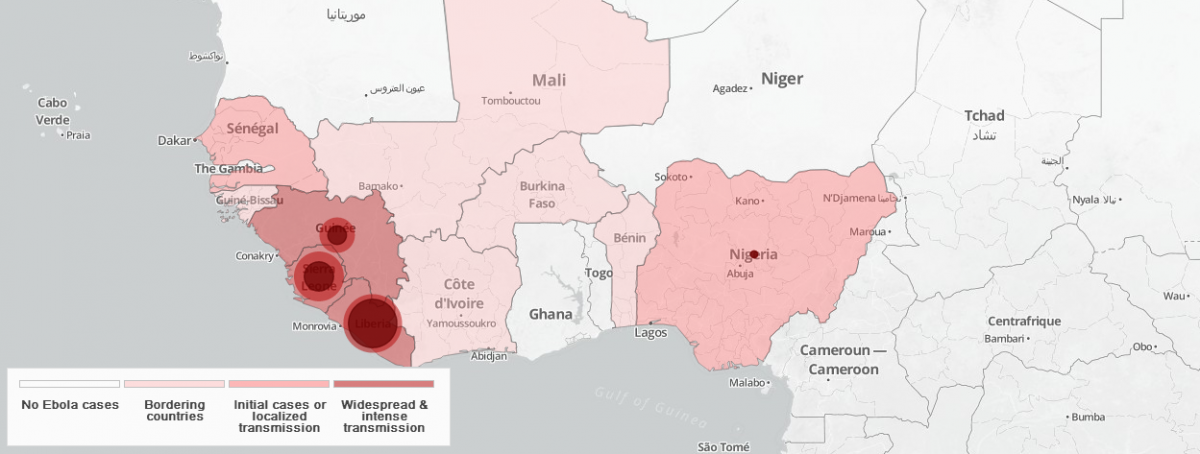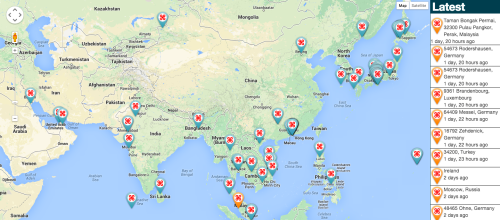You are here
Fri, 2013-12-13 21:13 — mdmcdonald
This working group is focused on discussions about maps.
The mission of this working group is to focus on discussions about maps.
Add Content to this group
Members
| Hank Rappaport | Kathy Gilbeaux | mdmcdonald | typackett |
Email address for group
maps-global@m.resiliencesystem.org










Recent Comments